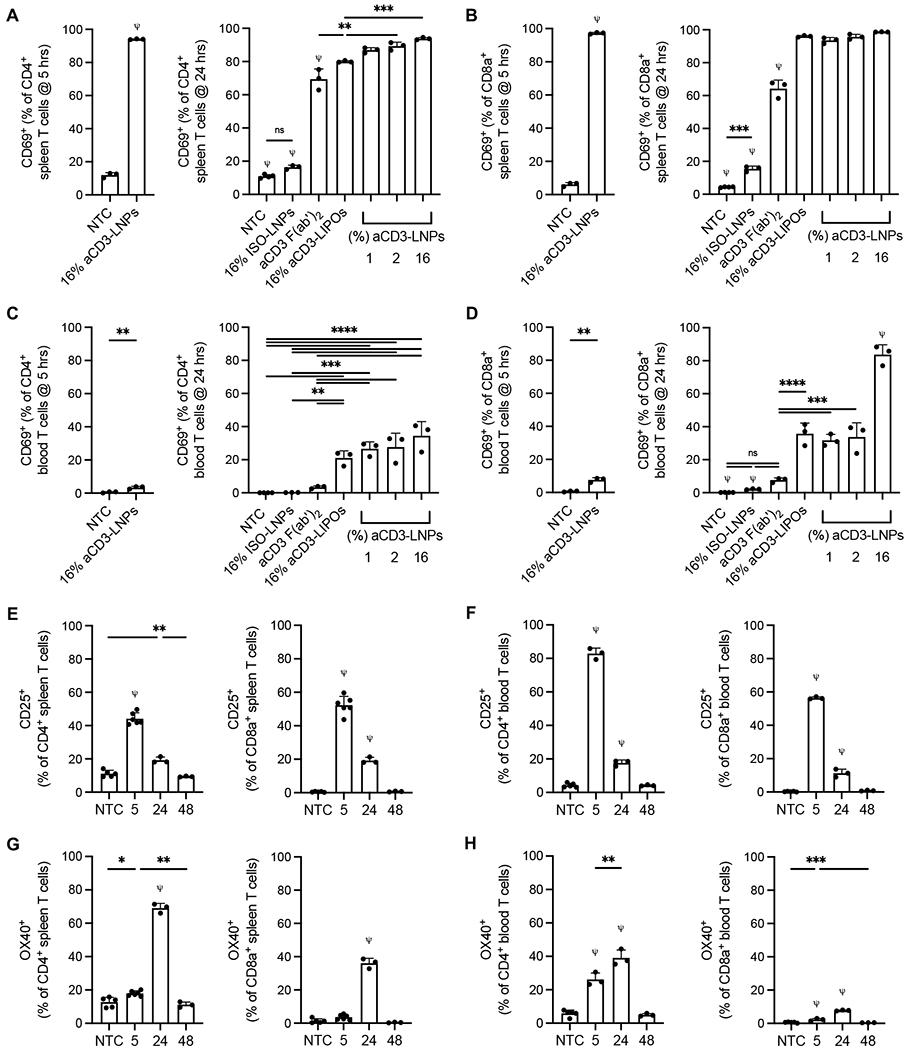Figure 4. aCD3-LNPs activate splenic and circulating CD4+/CD8a+ T cells with distinct CD69, CD25, and OX40 kinetics (n=45 C57BL/6 mice).

A-D) CD69+ CD4+ (A, C) or CD69+ CD8a+ (B, D) T cells as a percentage of CD4+ or CD8a+ T cells, respectively, at 5 and 24 h after control (no treatment, isotype conjugated LNPs, or aCD3 (Fab’)2) or 1, 2, or 16% aCD3-LNP treatment in the spleen (A, B) or blood (C, D). E-F) CD25+ CD4+or CD8a+ T cells as a percentage of respective total CD4+ or CD8a+ splenic (E) or circulating (F) T cells at 5, 24, and 48 h after 16% aCD3-LNP treatment. G-H) OX40+ CD4+ or CD8a+ T cells as a respective percentage of total CD4+ or CD8a+ splenic (G) or circulating (H) T cells at 5, 24, and 48 h after 16% aCD3-LNP treatment. All data are plotted as mean ± SD. For plots with more than 2 groups, statistical analyses were performed using ordinary one-way ANOVAs with Tukey’s multiple comparison test. Plots with 2 groups were statistically analyzed using an unpaired T-test with Welch’s correction, ns: not significant. *p<0.05, ** p<0.01, *** p<0.001, **** p<0.0001. ψ represents p<0.0001 of the below group across all other groups unless otherwise denoted with statistical analysis lines above.
